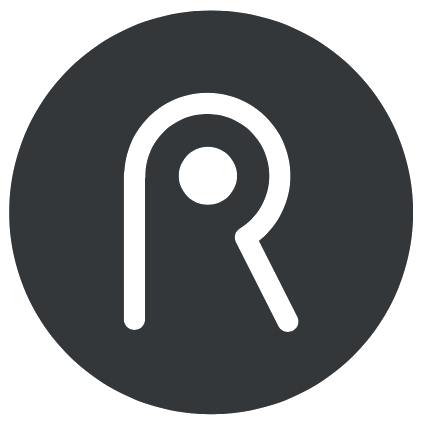An industrial IoT solution is a system of interconnected devices, machines, and sensors that collect and share data over a network without the need for human intervention. These devices are embedded with software, sensors, and connectivity that enable them to communicate and interact with other devices and systems.
An IoT solution typically contains several components including IoT devices, cloud-based IoT platforms (such as Rayven’s Dynamix integrated data, AI + IoT platform), and integrations with other key business systems (such as ERP, SCADA, Data Lakes, and more). IoT devices are the physical devices that collect and transmit data, such as sensors and cameras. Cloud-based IoT platforms are used to store and process the data collected by the IoT devices as well as via integration and other forms of data ingestion. More advanced platforms also contain advanced analytics capabilities that are capable of analyzing data and extracting valuable insights, as well as then using machine learning to deliver sophisticated predictive analytics, automation, and AI capabilities that enable you to optimise results in real-time.
Businesses can use IoT solutions in a variety of ways to improve efficiency and gain a competitive edge.
Some of the most common use cases include:
- Predictive maintenance: IoT-enabled sensors can be used to monitor the performance and condition of equipment, and predict when maintenance is needed. This can help businesses reduce downtime and improve equipment efficiency.
- Asset management: IoT enables you to monitor assets not just to predict maintenance needs, but to also analyze performance, utilization, location, and much more. This enables businesses to do more with their assets and increase efficiency, increasing output and saving costs.
- Yield and production enhancement: IoT technology enables you to find monitor real-time production to identify problems, such as yield deficiency or quality problems, so that you can fix them before runs are lost, spot ways of increasing yields, uncover inefficiencies, identify best performing personnel, and much more.
- Inventory management: IoT devices can be used to track inventory levels in real-time, allowing businesses to quickly identify when stock is running low and replenish it before it runs out.
- Smart buildings: IoT solutions can be used to improve the energy efficiency of buildings by monitoring temperature, lighting, and occupancy levels. This can help businesses reduce energy costs and improve the comfort of their employees.
- Supply chain management: IoT solutions can be used to track the location and condition of goods in transit, allowing businesses to optimize logistics and improve customer service.
- Remote monitoring: IoT solutions can be used to monitor and control equipment and systems remotely, allowing businesses to improve efficiency and reduce costs.
- Quality control: IoT-enabled sensors can be used to monitor the quality of products and identify defects early on, allowing businesses to improve quality control and reduce costs.
- Automation + AI: IoT solutions can be used to automate repetitive and time-consuming tasks, freeing up employees to focus on more important work. Through the use of machine learning, this become a self-improving loop to enhance performance and leverage the power of AI.
- Customer engagement: IoT solutions can be used to provide personalized experiences to customers, such as personalized product recommendations and real-time assistance. This can help businesses improve customer loyalty and increase sales.
- Smart cities: IoT solutions can be used to improve the efficiency and sustainability of cities, by monitoring traffic, air quality, and waste management. This can help cities reduce congestion, improve air quality, and create a more sustainable environment for residents.
- Predictive analytics: IoT solutions can be used to analyze data from sensors and devices to predict future events, such as equipment failure or customer demand. This can help businesses proactively plan for potential issues and take advantage of new opportunities.
- Cybersecurity: IoT solutions can be used to improve cybersecurity by monitoring for potential threats, such as hacking attempts, and taking action to prevent them. This can help businesses protect their valuable data and resources.
There are many benefits to implementing an IoT solution for your business, such as improved efficiency, increased productivity, and cost savings. However, it is important to remember that an IoT solution is not (generally) one-size-fits-all, and may require investment in terms of time, money and resources to implement and maintain. Rayven’s prebuilt IoT and Industry 4.0 solutions enable you to get around much of this by delivering to you the 80% of a solution that’s common to all, leaving you with only 20% to complete, which involves integrations, configuration and personalization; this saves huge amounts of time and development costs.
When selecting which IoT solution to invest in, it’s important to consider the security, scalability, and compatibility of the solution to ensure that it can meet the needs of your business now and in the future.
In addition to the technical aspects, it is important to consider the cultural and organizational changes that may be necessary to fully realize the benefits of an IoT solution. This may include changes in the way work is done, the roles of employees and the way decisions are made.
Speak to us today to get some free advice and learn how to get stated with Industry 4.0 technologies and IoT solutions.
Author
